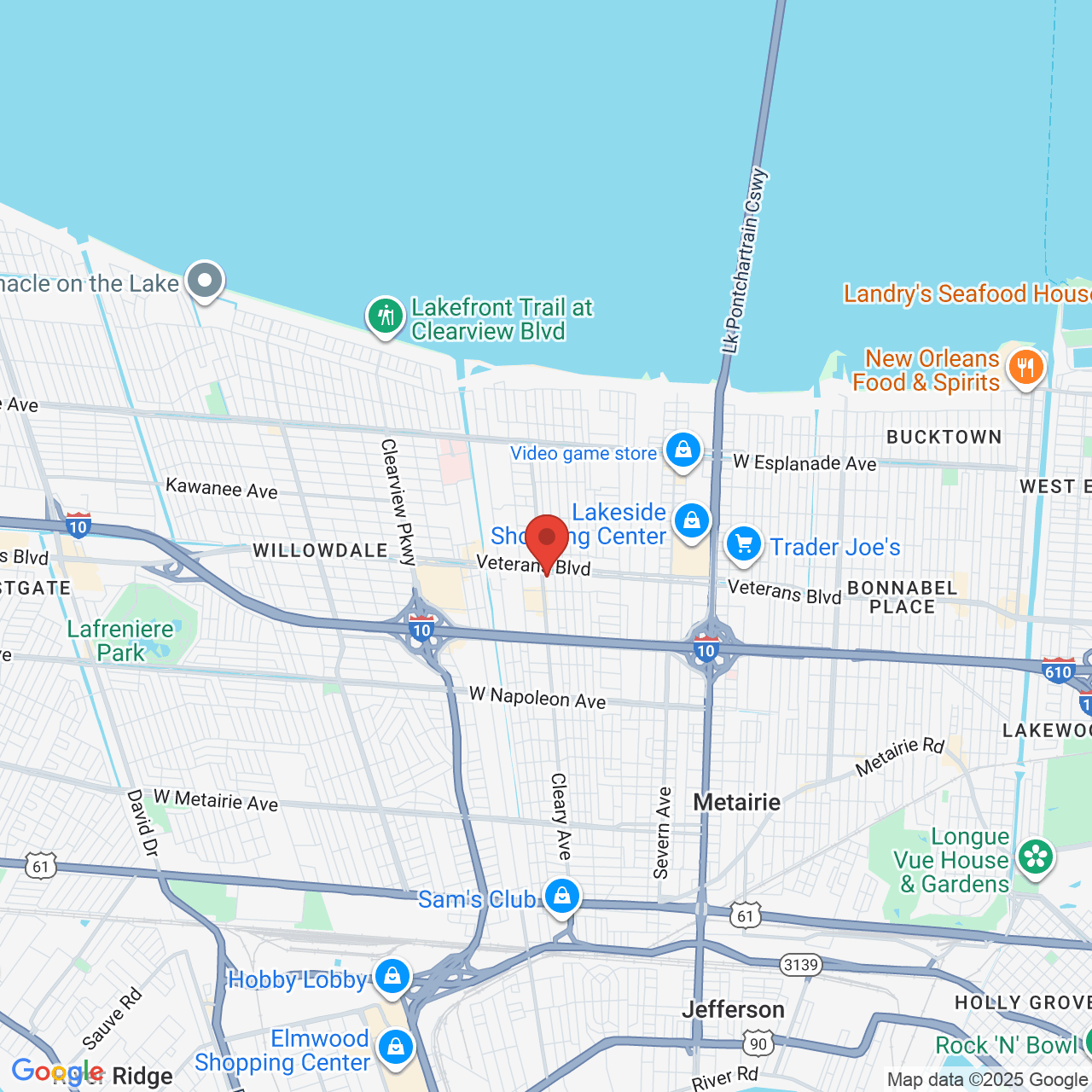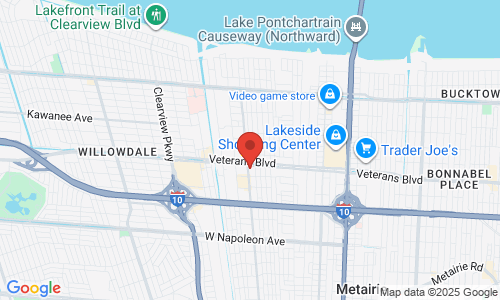Caring for Drains after Breast Reconstruction
 Surgical drains are intended to prevent excessive accumulation of fluid after breast reconstruction surgery. This reduces swelling and prevents seromas and other post-op complications. If you underwent a mastectomy before undergoing breast reconstruction surgery, you will be familiar with surgical drains, their use, and how to properly care for them.
Surgical drains are intended to prevent excessive accumulation of fluid after breast reconstruction surgery. This reduces swelling and prevents seromas and other post-op complications. If you underwent a mastectomy before undergoing breast reconstruction surgery, you will be familiar with surgical drains, their use, and how to properly care for them.
Dr. Ravi Tandon would like to offer patients in the greater New Orleans, LA a brief overview of how to care for surgical drains after breast reconstruction surgery. We will provide more details on post-op healing and recovery during the consultation process.
How Long Will the Surgical Drains Be in Place?
This can vary from patient to patient. Most breast reconstruction patients will have surgical drains in place for 10 to 14 days. Having drains in place longer can pose a serious infection risk, so it’s rare for drains to remain in place significantly longer than two weeks.
The amount of fluid that is drained will be the primary factor that determines when they can be removed. In many cases, drains are removed once there is less than 30cc’s of fluid drained in a day for 48 consecutive hours.
Pinning Drain Tubes to Prevent Pain
With drains in place, patients may notice that slight tugging or pulling on the drains can be uncomfortable. Obviously avoid tugging or pulling on the drains, and only allow them to be removed by your surgeon. Patients can carefully use safety pins to attach the drain tubes to clothing or undergarments. Do not puncture the tubes, but use the pins to keep them secure so they do not tug on your skin while healing.
Drain Management Garments
If safety pins sound like a hassle, there are also garments for drain management that may be worth considering. There are numerous options for post-surgical bras and drain management clothing we can discuss during the consultation process and/or that you can research online.
Recommended Clothing for Surgical Drains
On the note of clothing, we recommend that patients wear loose blouses, oversized sweaters, and other garments that are easy to put on and take off to minimize discomfort while drains are in place.
Keeping the Area Around the Drains Clean
Keeping the area around the drains clean is important for preventing infection. Remove and discard the bandage around the tube first. Use warm water and soap to gently clean the skin around the drain. Once your skin is dry, replace the bandage.
Emptying the Drains
When emptying drains, you’ll want to “milk” the tube to prevent clogs. Be sure to carefully pinch the tube at the top and run your pinched fingers down the length of the tube to help push out any thickened fluid that has accumulated. Empty the fluid that has been accumulated into the bulb into drainage cups.
Once the tube has been cleared of blockages and all of the fluid is out of the bulb, be sure to squeeze or fold the bulb so there is no air in it before sealing the bulb again.
You will want to empty the drains two to three times a day based on your surgeon’s directions.
Monitoring Drain Activity
The drainage cups provided will allow you to measure the amount of fluid that is removed. Record this information on a log each day. This information will be passed on to your surgeon as a way to monitor your post-op recovery.
In terms of color, the fluid that’s removed will typically start as red or reddish. Over time, the fluid will turn pink in color, then pinkish, and eventually a transparent yellow color.
Noting Any Abnormal Issues with the Fluid
If you notice excessive drainage, odd colors in the fluid, or a foul smell from the fluid, alert your surgeon about these matters immediately. This could be the sign of an infection or other complication.
Learn More About Breast Reconstruction Surgery
To learn more about your options for breast reconstruction and enhanced wellness, be sure to contact an experienced cosmetic reconstructive surgeon. The team at Tandon Plastic Surgery can be reached by phone at (504) 455-1000.






